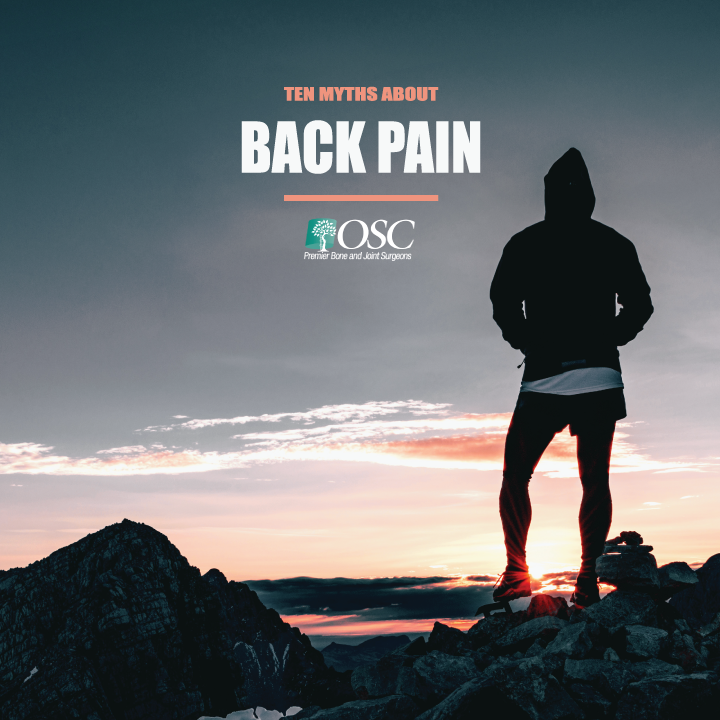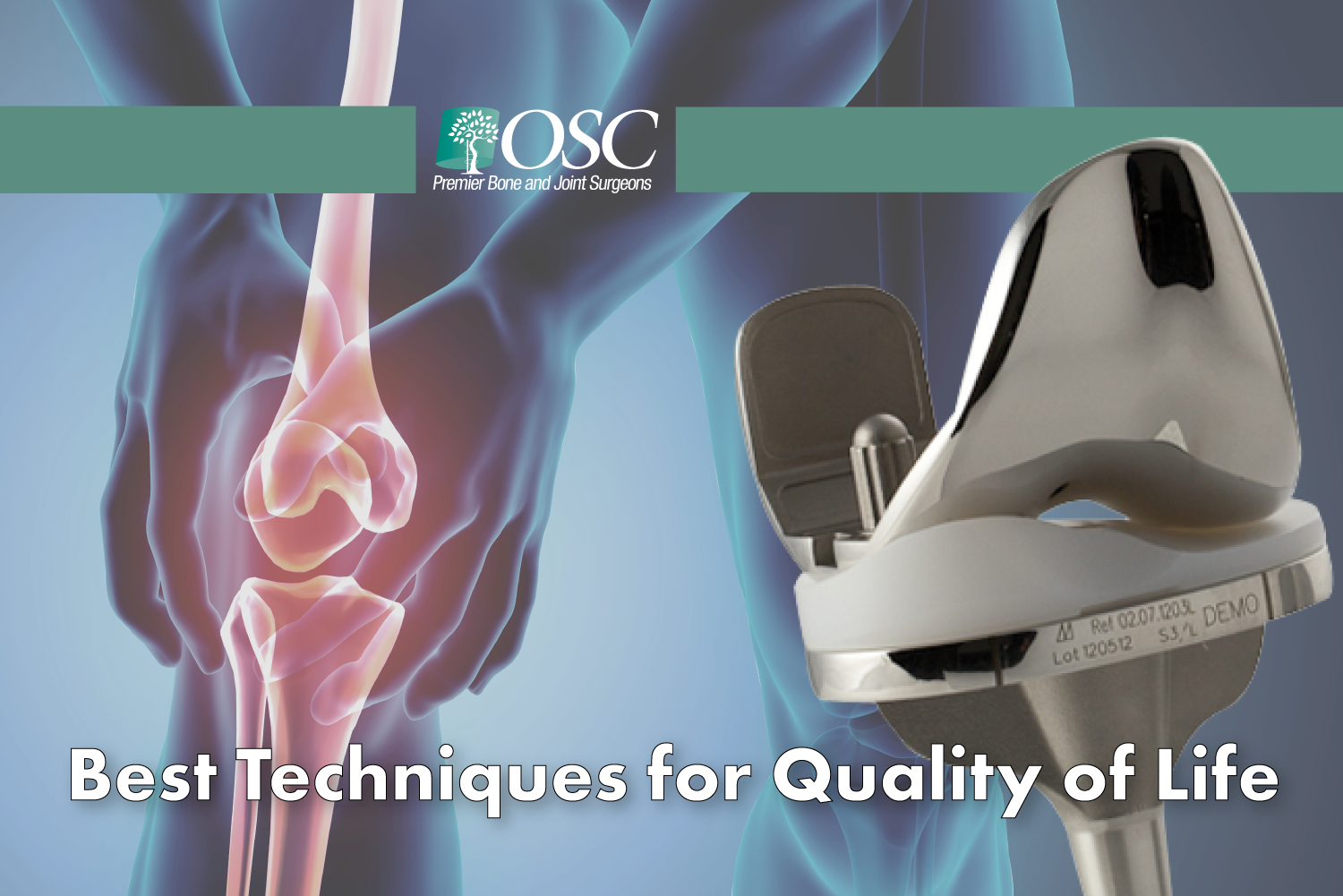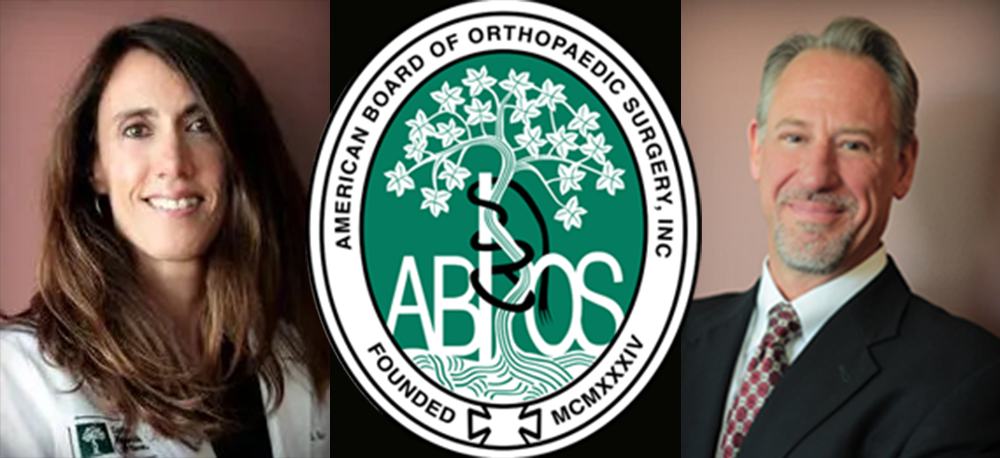
It’s estimated that approximately 80 percent of Americans will experience back pain at least once in their lifetime. It’s the leading cause of disability in people younger than 45, and there are many factors that contribute to it.
Most back pain can be traced back to 4 major causes.
Spine-Related Problems occur when something is off in the way your spinal joints muscles, discs, and nerves fit together and move. Herniated or slipped discs are often a common reason for spine-related back pain, as well as bulging discs and other degenerative diseases that affect the spine.
Accidents and Injuries that cause fractures, sprains or strains are also a leading factor in back pain. Spasms that occur when muscles are torn or separated can cause pain in the lower back especially. The most common cause of traumatic back pain is from sports-related injuries.
Other common causes of back pain are lifestyle-related, meaning that they develop from repetition or your environment. Inactivity, the wrong type of footwear, or smoking are all examples of your lifestyle-inhibiting chronic back pain.
Stress can also play a key role in amplifying back pain, which can add tension to your body that manifests through pain in your nerves. Depression is also closely linked to back pain in that it affects the way that your nerves and muscles relax, causing back-related issues.
Other factors in back pain include osteoarthritis, arthritis, scoliosis, tumors, and stress from extra weight during pregnancy are also common causes of back pain.
Back Pain Myths
Although the causes of back pain have been well documented, there are still many myths related to the specific contributing factors.
Here are the 10 most common myths surrounding back pain.
Sitting up straight will help back pain.
Although it is true that slouching is bad for you back, sitting up too straight for too long also adds stress to your back that will eventually start to hurt. Instead, try taking frequent breaks and walking around.
When you’re sitting, it’s okay to lean back in your chair with your feet on the floor and to let your back curve slightly. One way to avoid sitting too long is to look for opportunities to stand up while you work, such as when you are reading or talking on the phone.
Lifting heavy weights will hurt your back.
If you lift beyond your fitness level, yes, you will probably injure yourself. But if you’re training properly and increasing your weight slowly, there’s no reason that your back should suffer an injury.
It’s not necessarily how much you lift, it’s how you do it. If you’re unsure of how to lift properly, consult a trainer.
Bedrest is best for getting back on your feet.
Yes, resting can help a recent injury or strain that causes back pain. But a day or two in bed can actually make it worse.
Of course, this depends on the type and severity of the back injury that you’re experiencing, and you should always consult your doctor before trying to do too much too soon. That being said, movement is sometimes more helpful than rest. Through movement, blood flow increases and gives your body a chance to heal more quickly than if you were lying in bed with little or no movement.
Back pain is always the result of an injury.
Although an injury can be a contributing factor to back pain or the direct cause of it, there is a host of other reasons that you could be experiencing back pain.
Disc degeneration, arthritis, infections and even inherited conditions can all play a major role in your back pain as well.
The heavier you are, the more back pain you will experience.
It is true that more weight equals more stress on your joints and your back, but overall, it’s your fitness level that matters more than your weight.
As you might guess, extra weight will put stress on your back, but back pain is most common among people who are out of shape, especially people who push themselves hard after long periods of inactivity.
Start small. Start a fitness routine that will begin to challenge you and will help promote muscle growth and cardiovascular endurance. After that, your weight will become just a number as you approach your fitness goals.
Skinny people don’t experience back pain.
Anyone can get back pain. People who are too thin, such as those with an eating disorder like anorexia, may experience bone loss. In fact, they’re more likely to get broken bones and crushed vertebrae.
This misconception also doesn’t factor into account that many causes of back pain are genetic, such as scoliosis.
Stop exercising if you’re prone to back pain.
Regular exercise prevents back pain. And doctors may recommend exercise for people who have recently hurt their back. They’ll usually start with gentle movements and gradually build up the intensity. Once the immediate pain goes away, an exercise plan can help keep pain from returning.
If there’s a link between your specific back injury and your fitness routine or sport, it’s most likely linked to an incorrect movement or is the result of overstressing a specific part of the body.
Instead of giving up on exercise, just consult a professional and readjust your approach.
Chiropractic care doesn’t help back pain.
Treatment guidelines from the American College of Physicians and the American Pain Society recommend that patients and doctors consider other options with proven benefits for low back pain. These include spinal manipulation and massage therapy. Chiropractic care is often the first approach before considering surgery and it’s often very helpful in eliminating back pain.
Acupuncture and alternative treatments don’t work.
Similarly, the same organizations say acupuncture, yoga, progressive relaxation, and cognitive-behavioral therapy may also help if you don’t get relief from standard self-care.
In general, if surgery can be avoided, it should. Although many procedures are minimally invasive, other methods should be considered before choosing surgery.
Firmer mattresses alleviate back pain.
In one study, people with ongoing general back pain who slept on a medium-firm mattress hurt less and were able to move better than those who slept on a firm mattress. But one size doesn’t fit all. Choose your mattress based on your sleep habits as well as the cause of your back pain.
Your doctor will make recommendations based on your personal medical history as to which mattress will probably benefit your back the most.
The OSC difference.
If you’re one of the millions of people who suffer from chronic back pain, don’t believe the myths! Instead, make an appointment with OSC today and find out what your options are for recovery.
Our staff is highly trained and our facility is perfectly sized to give you the focus and attention that you deserve.
We even have an on-site physical therapy facility so that your treatment and recovery don’t have to be in two different places.
Don’t let back pain continue to keep you down. Discover the OSC difference and get back to living your life without back pain.




